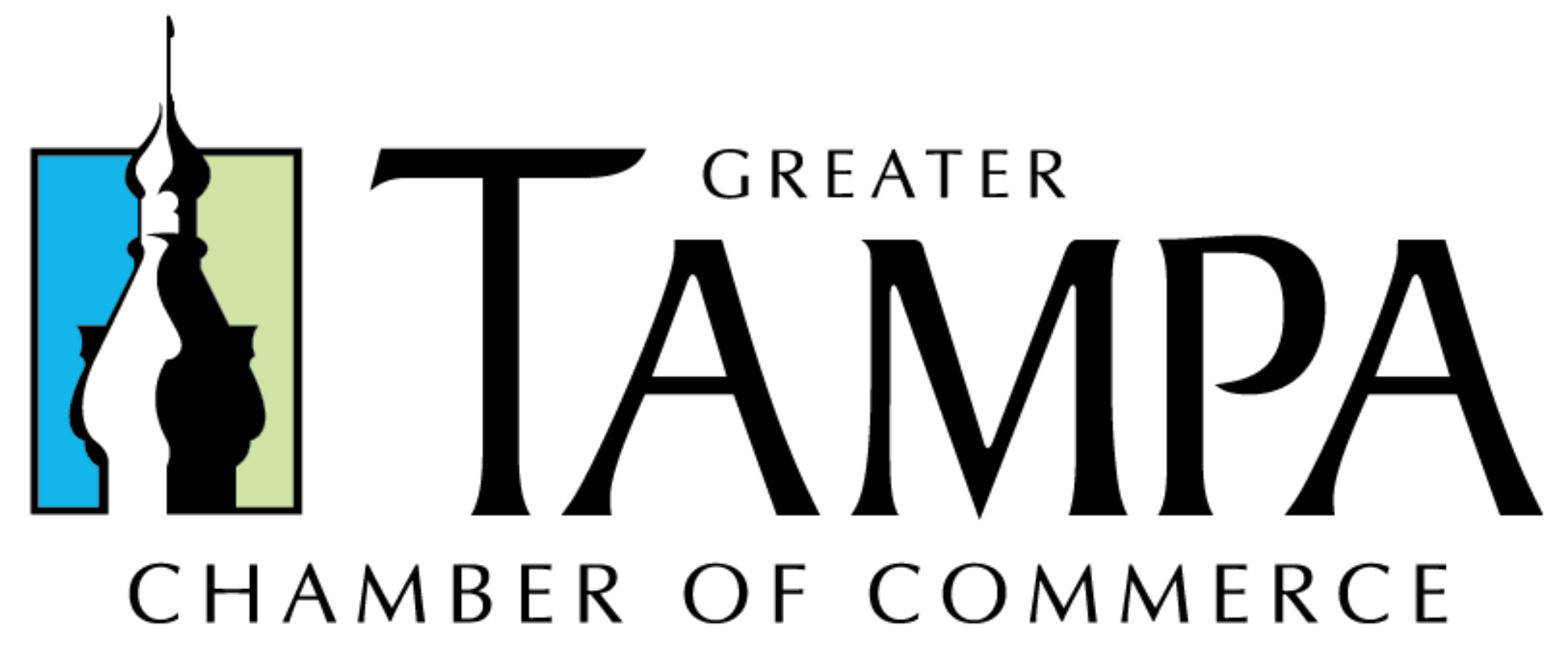Travel Incentives Motivate Employees over Most Other Employee Incentives
Incentive programs are used to inspire a set of desired behaviors or accomplish defined objectives in a specified time frame. Travel incentives deliver businesses with the opportunity to encourage individuals to heighten performance, increase sales, or provide enhanced service to customers. A variety of options are available to aid an organization in receiving the right results including:
- Monetary
- Gift Cards
- Certificates
- Merchandise
- Travel
Not all forms of compensation will provide the same degree of motivation and numerous companies are beginning to step away from traditional monetary rewards to gain desired outcomes. These rewards do not have the high trophy value offered by travel alternatives. They are often viewed by participants as part of their compensation package rather than as a reward program. The lift supplied by this type of compensation disappears quickly as the awarded participant uses the cash to pay bills or buy something they have been putting off due to lack of funds. Studies show merchandise programs involving items such as high-end electronics to be far more effective over monetary choices. Travel incentives deliver the most memorable experience and have begun to take the lead among businesses desiring to receive long term results.
Why Do Trips Make the Perfect Inspirational Tool?
Travel incentives supply the opportunity to have a memorable experience in a location many do not have the time or money to visit. The reward can consist of destinations throughout the world such as Italy or France. Companies are easily able to incorporate the incentive as part of business objectives by scheduling a meeting during the trip or adding a charitable event to the roster. The right destination, time frame, and promotion tactics make it possible for a company to:
- Heighten Staff Performance
- Engage Personnel
- Draw In High Quality Employees
- Increase Perceived Job Value
- Encourage Desire Behaviors
A carefully planned travel incentive is capable of increasing performance by a minimum of twenty percent. This number is boosted when a trip oriented reward is applied to a team setting. The initial offering of a program results in an immediate spike of productivity and raises interest among personnel. A company can expect to see continued increases in productivity if the award is promoted correctly.
The decision to incorporate travel incentives as part of a compensation program makes it easier to attract highly skilled individuals. Additionally, studies have found that long term programs supply better results over short term choices like cash or merchandise. Employees love to feel valued and while a monetary choice does allow them to remove a little stress, it does not provide the sense of accomplishment or loyalty seen after receiving a once in a lifetime trip. These experiences stay with the winning participants, encourage them to try harder for the next opportunity, and boost workforce loyalty to the company. By choosing travel incentives over alternative options, a business will be able to retain quality staff members and receive continued performance spikes. Trip incentives are the perfect tool for motivating individual employees or departments to meet objectives and provide a memorable award for a job well done.

